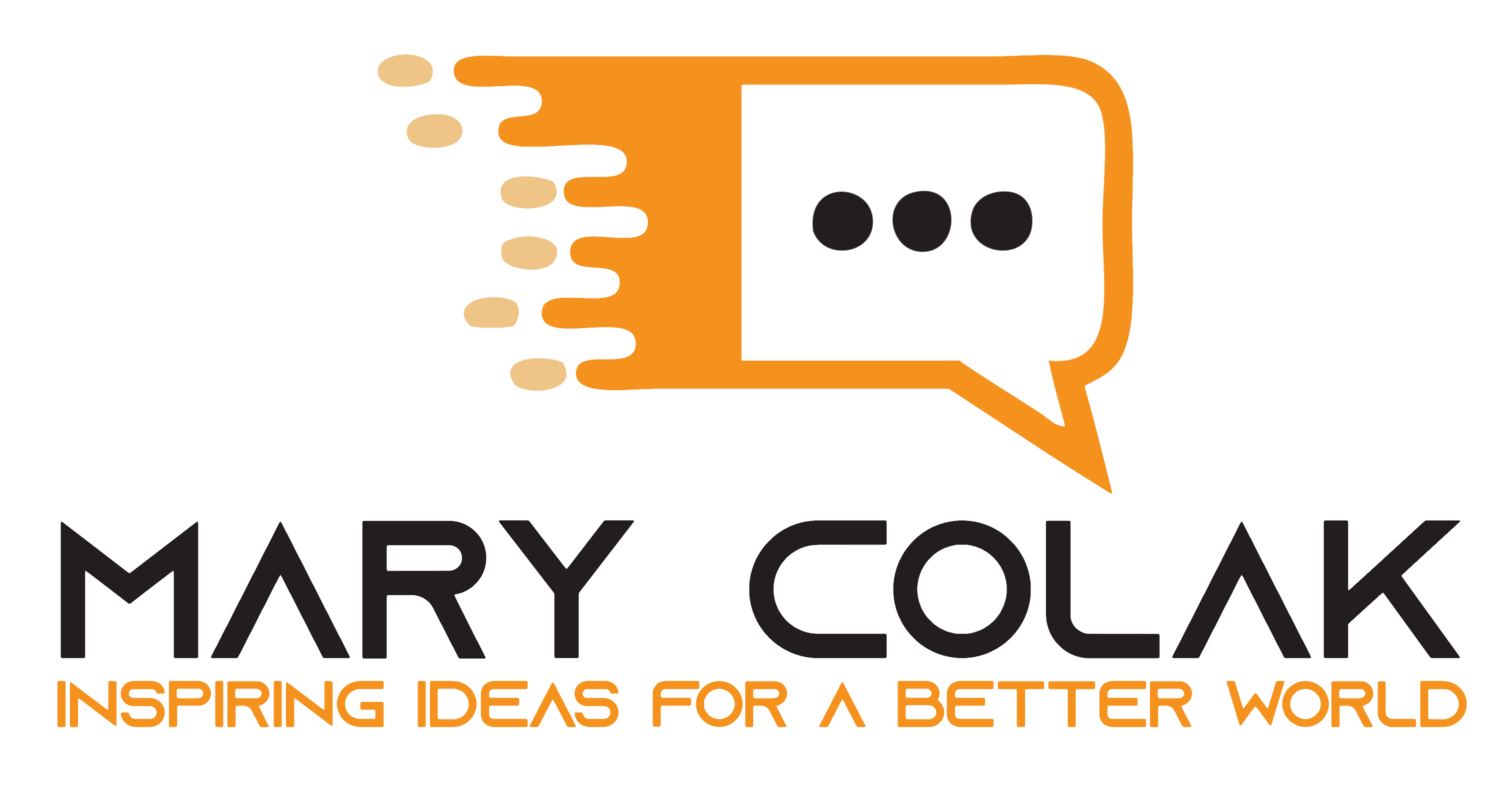newsletter archive.
(Previously published under the title Extreme Profits
under ISSN 1925-8941)
How we work, top-down mapping
Mapping is an excellent way of "seeing" a process and determining where improvements are needed. But did you know that mapping is also an excellent way to improve jobs?
Into the future, forecast decisions
If you were asked to predict the winner of the next World Cup Soccer event, would you be able to make an accurate prediction? If Paul the Octopus was still alive, he may have used his divination powers to do just that. However, humans are not generally so endowed.
But predicting the future is an important element of decision making. So important, in fact, organizations go to great lengths to ensure that their operations align with their strategic targets.
For goodness sake, useful quality standards and tools
How good is your business? While we can get into regression analysis and other measures of goodness and goodness of fit to answer this question, a stable indicator of how well a business is performing is your customer. Loyal and satisfied customers generally provide evidence of a company's quality.
Rooting out the problem, reclaiming value
When fixing problems, many people typically fix only the symptoms, rather than the actual problem. The outcome is that the problem reoccurs, each time usurping valuable organizational resources.
To fix the problem, you need to identify and eliminate the root cause.
Planning for action, change - not as alarming as it sounds
When an organization discovers its problem's root cause, it is faced with the task of discovering the best solution. And the best solution may not always be the most obvious one. This is where action planning can help.
Action planning involves many minds to generate the best possible way forward. And engaging minds from all levels of the organization-from the boiler room to the boardroom-usually provides the best overall ideas for solutions.
Prescription: diagnosis, people side of diagnosis
How do you know if your organization has a problem? The answer is: When there's a difference between the organization's current state, its desired future, someone notices the difference, and the difference is unable to be defined. This is where diagnosis can help.
Mr. Roboto, show me, don’t tell me
Human "robots" can be found in many "un-Lean" organizations where employees are not utilized to their fullest potential. If your organization has underutilized employees, the organization structure and values may be to blame. You may say, "So what, at least they've got a job." Not so. There's a huge impact on the organization's processes and customer value if underutilized people remain underutilized.
Critically creative, restraining the free spirit
s critical thinking important in solving problems? I'm sure you'd agree with me that it is. But did you know that creative thinking could probably be just as, if not more important for this purpose?
When you have a problem, what do you do? Chances are that you try to think of a solution. But thinking about a solution without first defining the true problem is not effective. Certainly you'll come up with many ideas all worthy as solutions, but will implementing the ideas solve the problem? Let me give you an example.
